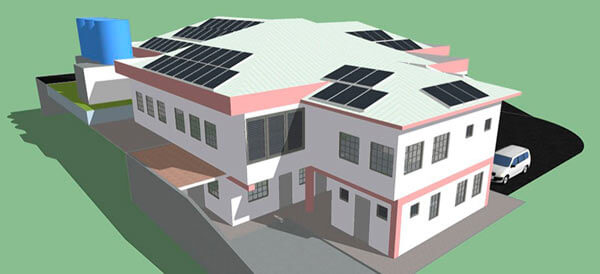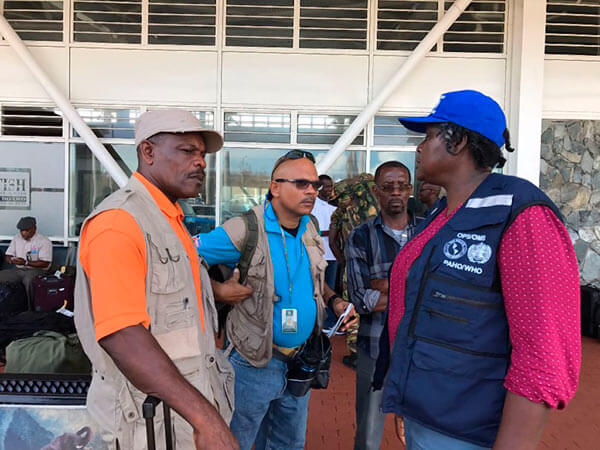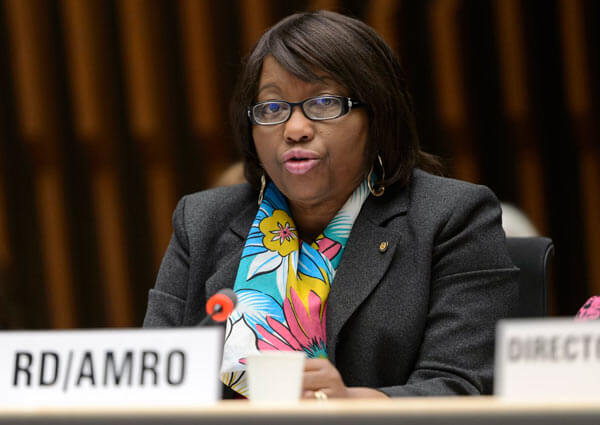The Pan American Health Organization (PAHO) said it has selected 16 hospitals and health centers in seven Caribbean countries to make them safer, greener and more resilient to natural disasters.
PAHO said on Wednesday that the initiative will be undertaken within the framework of the Smart Health Care Facilities Project, backed by UKaid, the UK Department for International Development (DFID).
The project is implemented through PAHO’s Emergency Preparedness and Disaster Relief Department, in partnership with the Ministry of Health in each target country.
Health facilities were selected by PAHO after analyzing the safety situation of nearly 350 hospitals and health centers, and their likelihood of continuing to function in disasters.
They include the La Plaine Clinic in Dominica; The Princess Alicia Hospital in Grenada; The Chateaubelair Hospital in St. Vincent and the Grenadines; and the Comfort Bay Nursing Home in St. Lucia.
In addition, PAHO said interventions will be carried out at 12 health centers in St. Lucia to improve disaster resilience, and to save energy and water.
The selection of facilities that will be part of the project in Jamaica, Guyana and Belize is still in process, PAHO said.
It is expected that by 2020, more than 600 hospitals and health facilities will be evaluated, and 50 will be transformed to be “safer and more environmentally-friendly” under the project, whose budget amounts to just over 38 million pounds (US$ 49 million), PAHO said.
It said the Chateaubelair Hospital serves a population of about 8,240 along the northwestern coast of mainland St. Vincent.
As part of the SMART project, PAHO said building safety at the Chateaubelair Hospital will be improved, and the electrical and water system will be replaced to ensure efficiency in use.
In Latin America and the Caribbean, PAHO said seven out of 10 hospitals are located in areas at high risk of disasters, “which can leave them out of service in the event of a hurricane, earthquake or flood.”
“By becoming ‘smart hospitals’, selected health centers will lower operating costs, reduce risks that can occur in case of disasters, and protect the environment,” said Dana Van Alphen, PAHO project coordinator.
PAHO said a health facility is considered “smart” when it combines structural and operational safety with environmentally-friendly interventions, with a reasonable cost-benefit ratio.
In “green” hospitals, PAHO said air quality improves, staff work under more favorable conditions, and costs for energy and water consumption decrease.
These benefits also affect the decision of the people to go to health centers, PAHO said.
As part of the initiative, PAHO said participating hospitals are expected to reinforce roofs and windows so they will not be damaged when there are hurricanes.
Hospitals also work on installing water tanks to collect rainwater for services, laundry and gardens, as well as to install solar panels, provide accessibility for people with disabilities, use LED bulbs that consume less energy and replace old air conditioning equipment with more efficient models, PAHO said.
It said the initiative builds on the Smart Project, which began as a pilot in 2012, and improved structural safety and reduced energy and water use in hospitals in Georgetown in St. Vincent and the Grenadines and Pogson in St. Kitts and Nevis.
In this second phase, which began in 2015, PAHO said it trained more than 200 people from various sectors – construction, public officials, private sector – in energy and water conservation, use of the Smart toolkit, and contingencies for health facilities.
The project is currently ready to commence refurbishment work at selected facilities, PAHO said.


























